hahaa, ngil ngiga a, pwede naka mag historian
Results 251 to 260 of 290
-
07-27-2013, 11:08 AM #251
-
07-27-2013, 04:15 PM #252
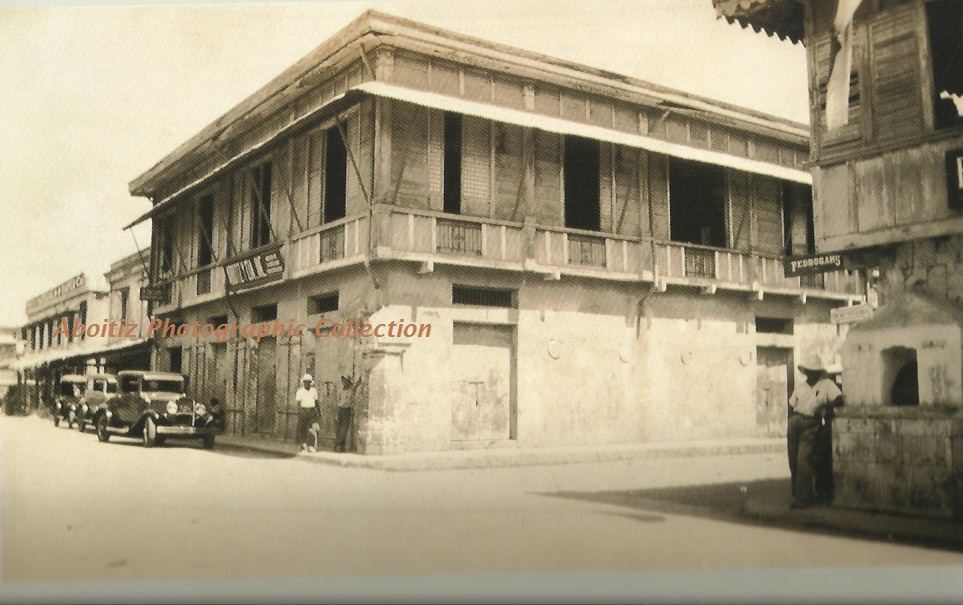
Beside E Mall Katipunan Lumber , Leon Kilat cor Sanciangko St.

kani tag-ana looks familiar? hehe
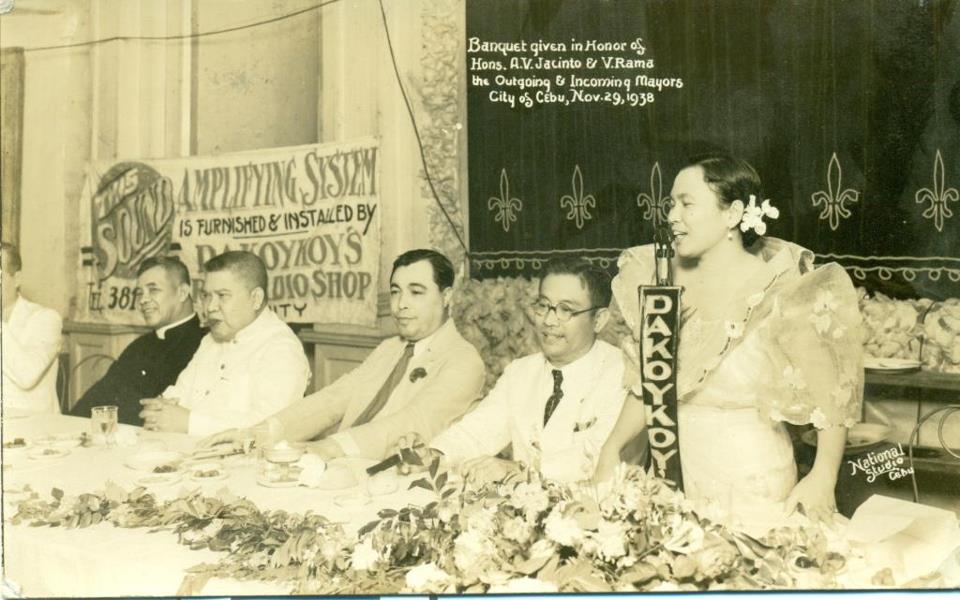
from left to right (Msgr. Jose Ma. Cuenco; Sen. Filemon Sotto, Gov. Buenaventura Rodriguez; Mayor (later Senator) Vicente Rama and Presentacion "Tikay" Dakoykoy the pre-war singing sensation of Cebu.
Why is there a huge ribbon on the mic stand bearing the words "DAKOYKOY"? What does it refer to?
this is the supplier of the microphone and the amplifier system, which was the highest of hi-tech gadgets at this time so that one could actually advertise and boast of owning it (as shown by the streamer behind this presidential table).
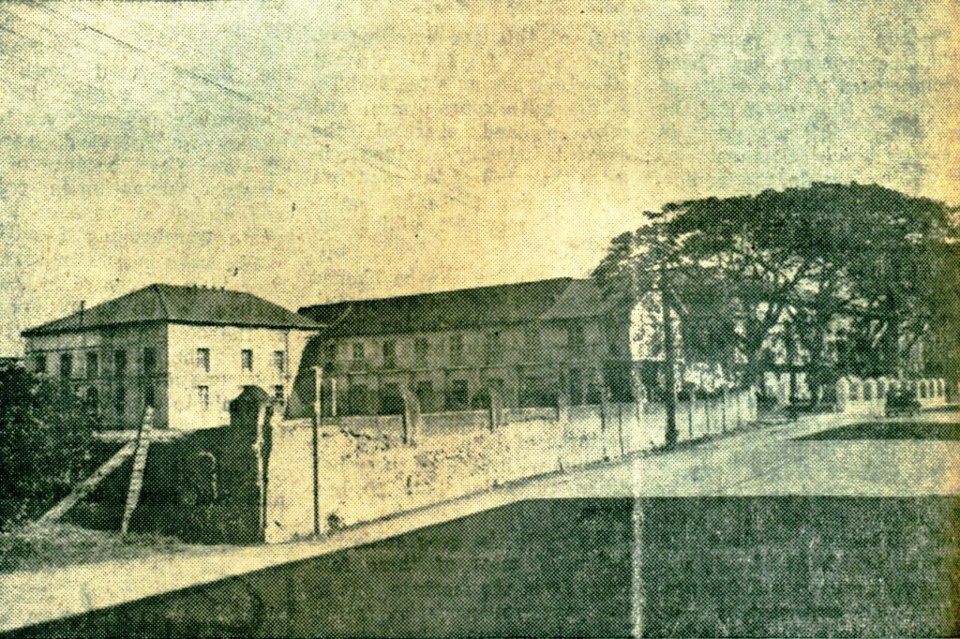
The Seminario-Colegio de San Carlos on Calle Los Trece Martires (or XIII Martires), now MJ Cuenco.
replaced this now GMC Building and, added by TRAVIS STEVE ALGABRE, AA Barbecue but also, Tri-J Motors, BDO and an empty lot with high walls....
Repost: Kabilin & Karaang Sugbo(Old Cebu)
-
07-27-2013, 04:38 PM #253
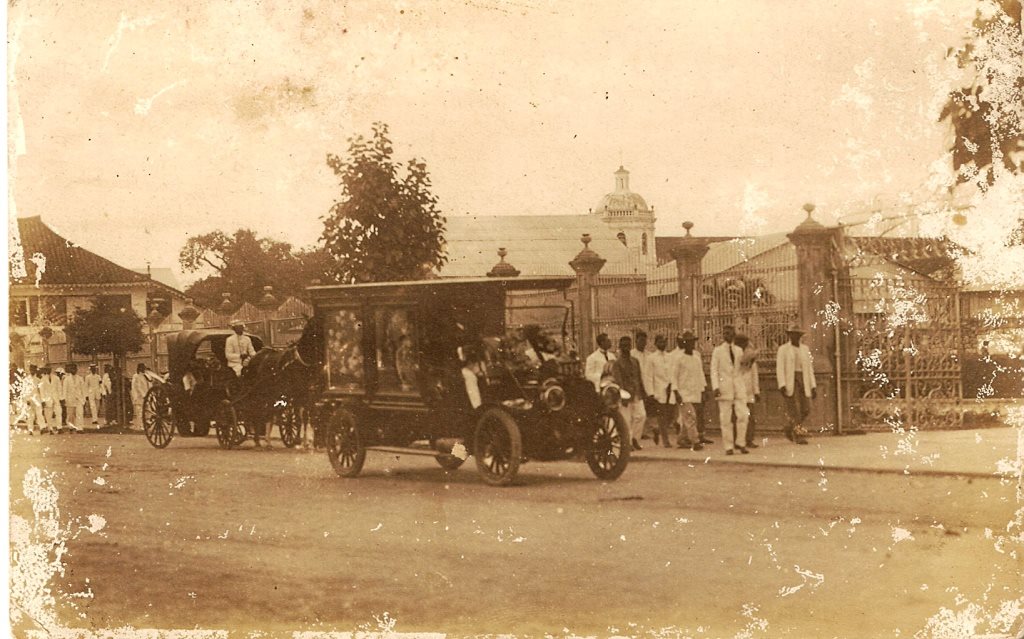
this old photo, taken around 1918. just outside the gates of the Cebu Cathedral the wrought iron fencing and the gates are still there today intact & well-preserved.
Courtesy of sir Jobers Reynes Bersales
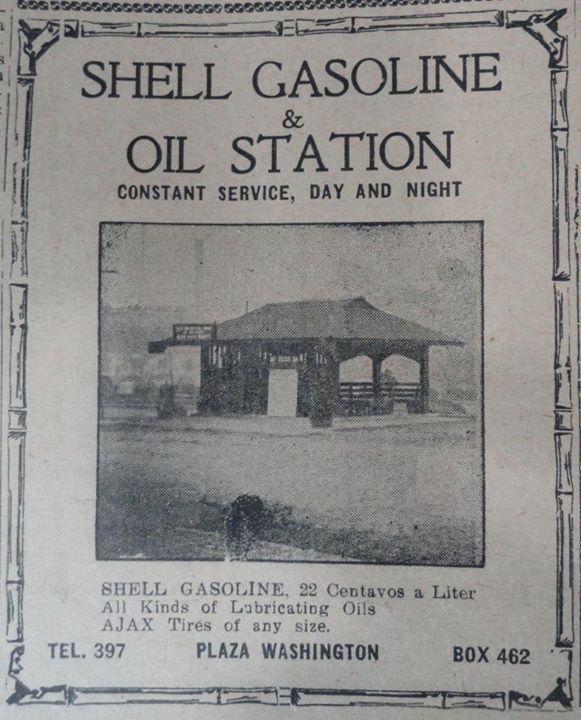
It was announced today that Shell and other oil companies will soon raise the pump price of gasoline. Here is a photo a Shell gasoline station at Plaza Washington (now Freedom Park) from Bag-ong Kusog issues of December 23, 1932, 22centavos/liter was mahal na. In the 60's the price of gasoline was more or less 15 centavos per liter.
courtesy of USC Cebuano Studies Center & Kabilin
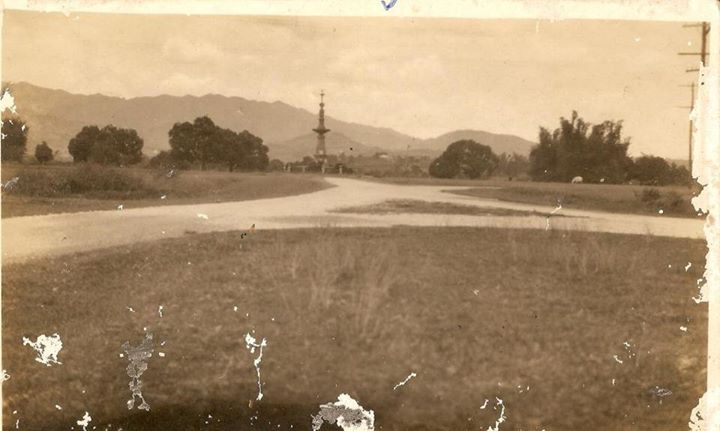
I could never imagine this old ca. 1912-1915 photo of lonely and dark Fuente Osmena from a large patch of grassy dirt road.
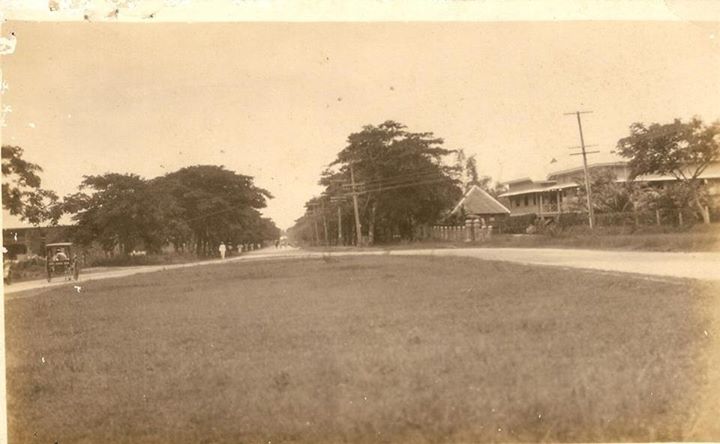
the building now stands on that building/house at right? is a Robinson's Place, & this photo was taken exactly at Fuente Osmeña & this street/avenue is called now Gen. Arcadio Maxilom Avenue.
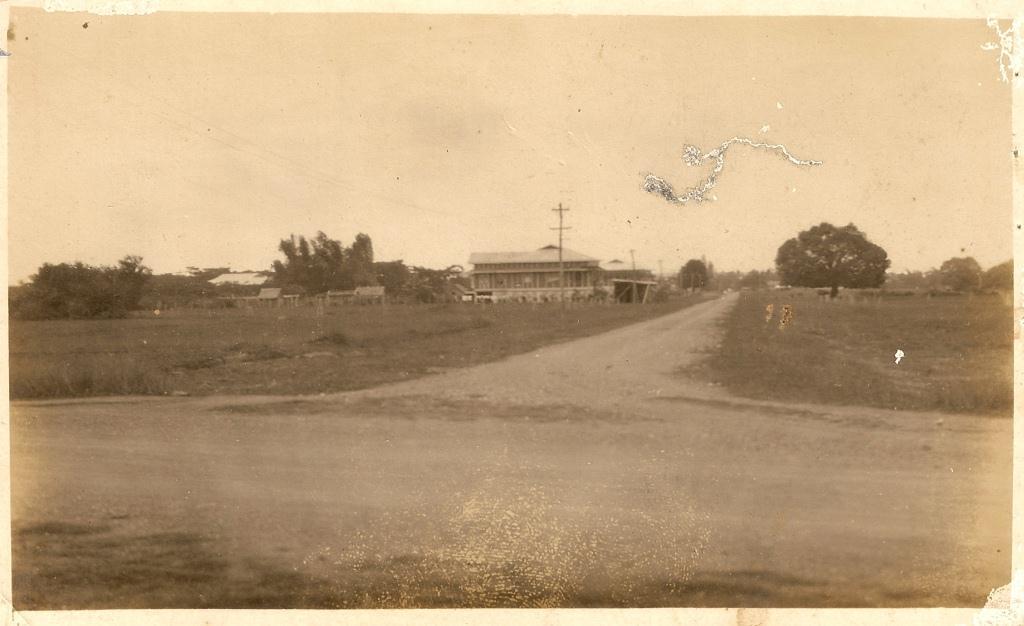
I have no idea what this road is nowawadays. But your guesses can probably help us locate this. I do have some ideas. Can you guess what this avenue/road/street is called now?
courtesy of Enrico Rubio Collection and Kabilin
-
07-27-2013, 04:51 PM #254
Actually di man jud to matawag nga traidor... Ani man gud ni, before man gud (spanish/japanese time), if mahibaw-an nga kana nga lugar is naa diha nagtago ang mga girilya, sunogon na ang tibuok lugar/lungsod. Although si Leon Kilat amigo sa leader sa Carcar but as a leader, his duty is to protect the people in which he leads, that is why they come up to sacrifice our hero (Leon Kilat). Trinaydor jud kung huna-hunaon but its an executive decision. Di pud nato ma blame if ingon adto ang mahitabo kaysa mag suffer ang tibuok lungsod. Trinaydor to nga plan but I know wherever Leon Kilat now, kasabot jud to cya... Proud to be a CEBUANO....
-
01-07-2014, 10:13 PM #255
-
01-07-2014, 10:53 PM #256
During the Battle of Tuburan, Gen. Arcadio Maxilom y Molero had his men assembled at the mountains of Tominjao. The brgy. of Tominjao sits directly behind the old poblacion of Tuburan.
-
01-07-2014, 11:10 PM #257Newbie

- Join Date
- Jun 2012
- Gender

- Posts
- 27
Informative kaau bay
-
02-17-2014, 01:31 PM #258Newbie

- Join Date
- Feb 2014
- Gender

- Posts
- 2
General Enrique Casals Lorega was Born in Tuburan Sometime in 1865. Yes they won the 1898 War, making Cebu, the only Island without Spaniards when the Americans Came. Lorega was thought to have died in 1904 during the cholera epidemics of 1903-1904.
- - - Updated - - -
- - - Updated - - -
Natalio Bacalso (1908-1980) was a hero of democracy as a fearless radio commentator in Cebu during martial law. He prevented the total collapse of press freedom during those times.
-
02-17-2014, 01:39 PM #259Newbie

- Join Date
- Feb 2014
- Gender

- Posts
- 2
Natalio Bacalso (1908-1980) was a hero of democracy as a fearless radio commentator in Cebu during martial law. He prevented the total collapse of press freedom during those times.
General Enrique Casals Lorega (c.1865-September 7, 1904), was a general from tuburan. The KKK war in 1898 was won with his leadership and though to have died with many people during the cholera epidemics of 1903-1904.
-
03-20-2014, 01:58 AM #260
Advertisement
Similar Threads |
|




 Reply With Quote
Reply With Quote



